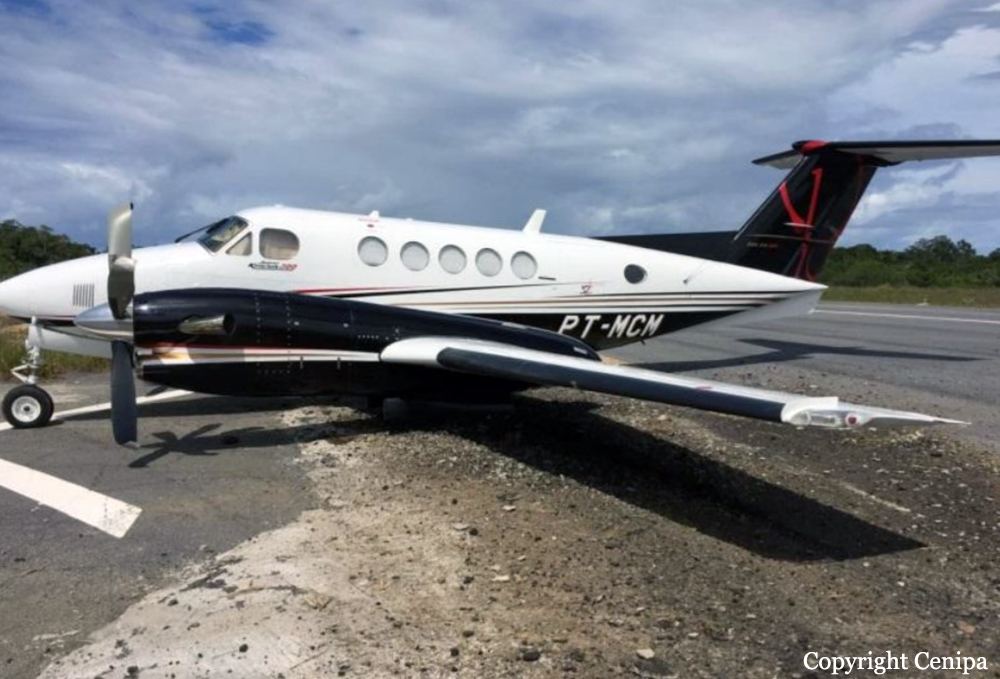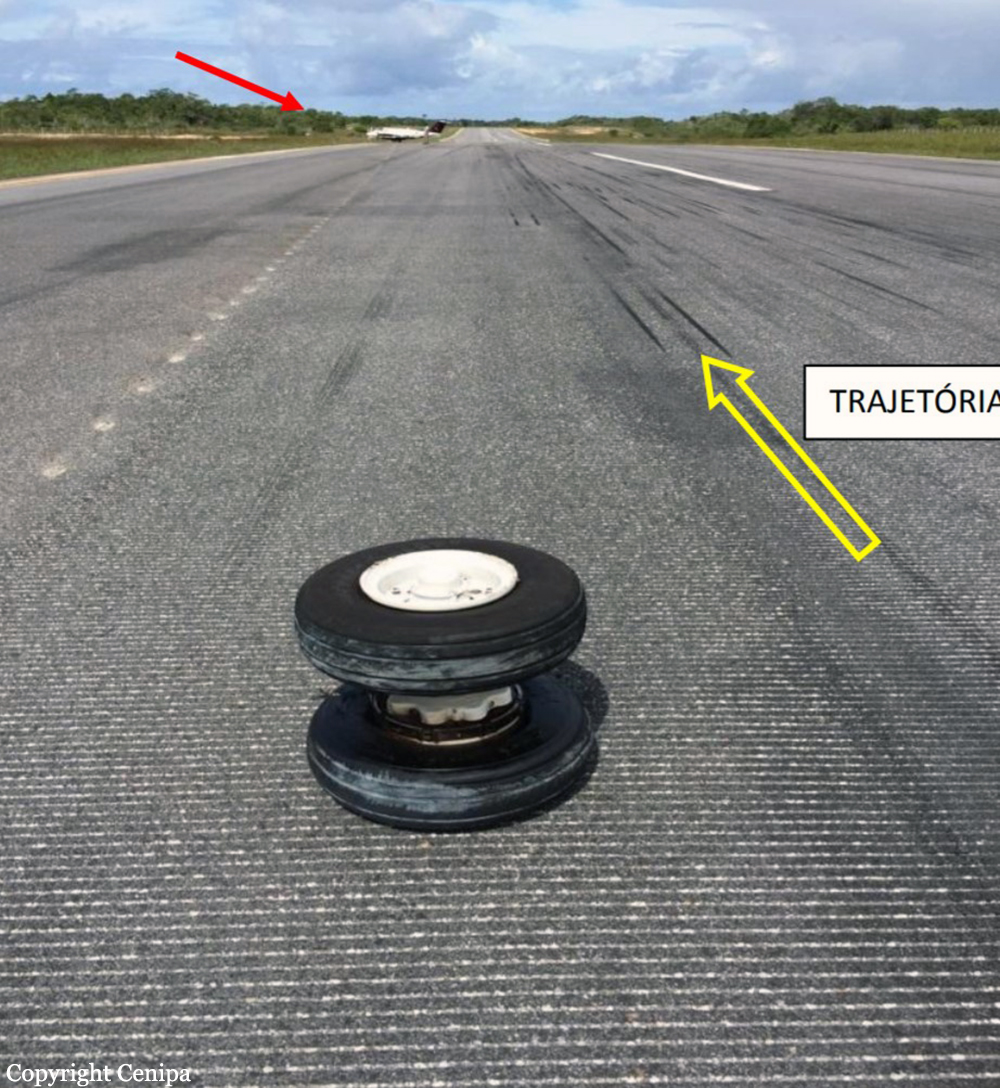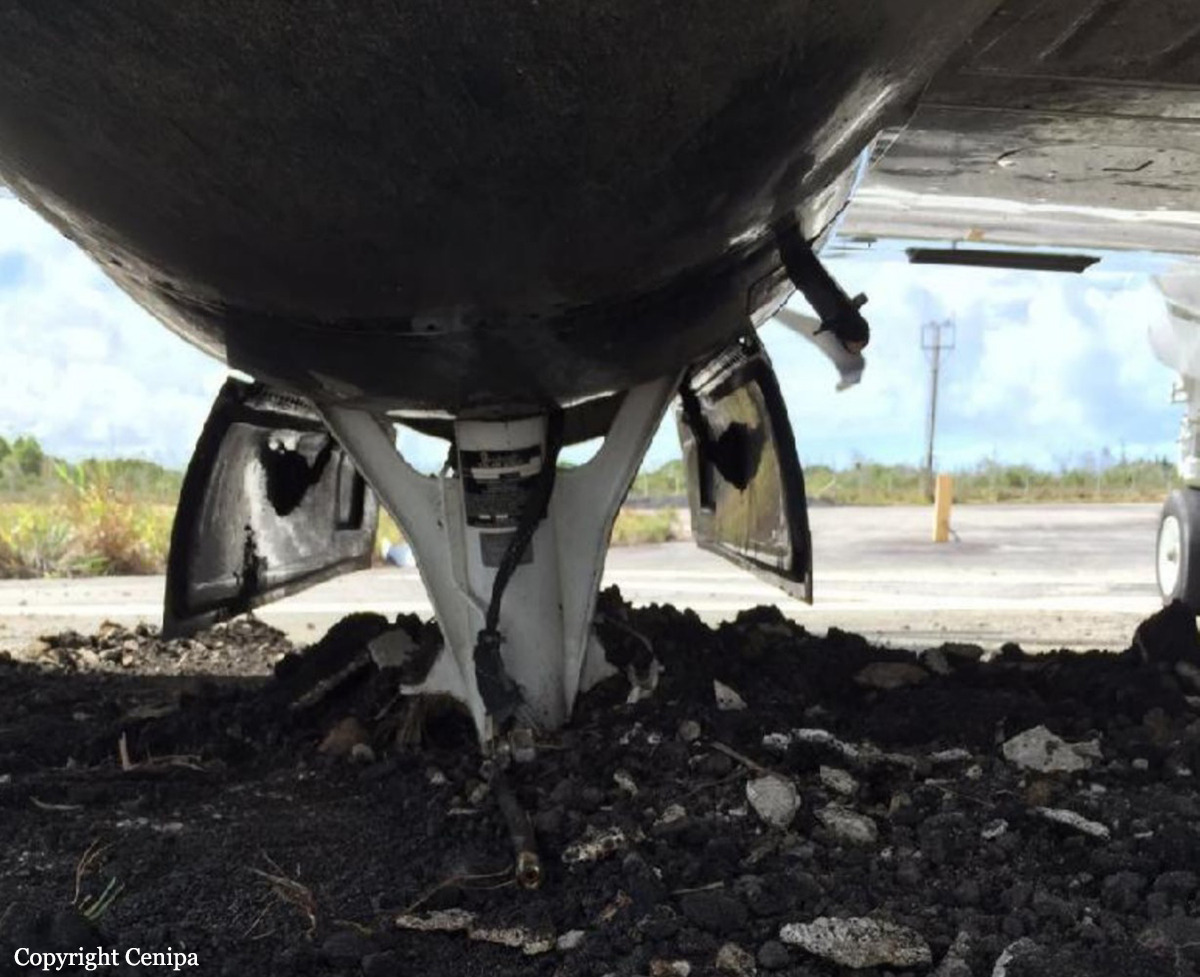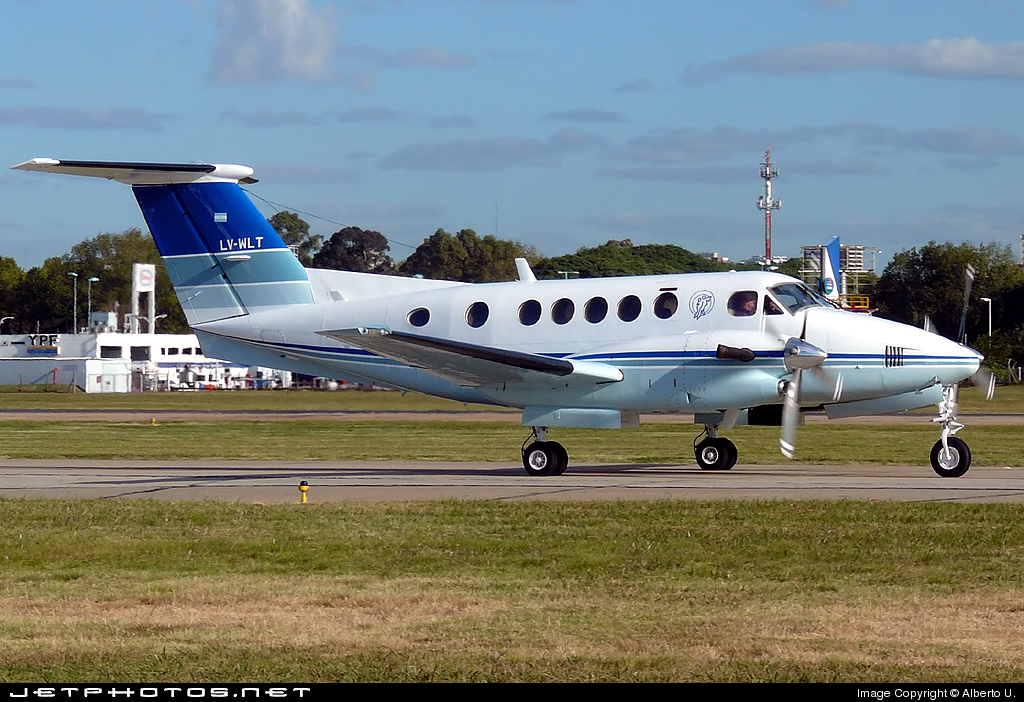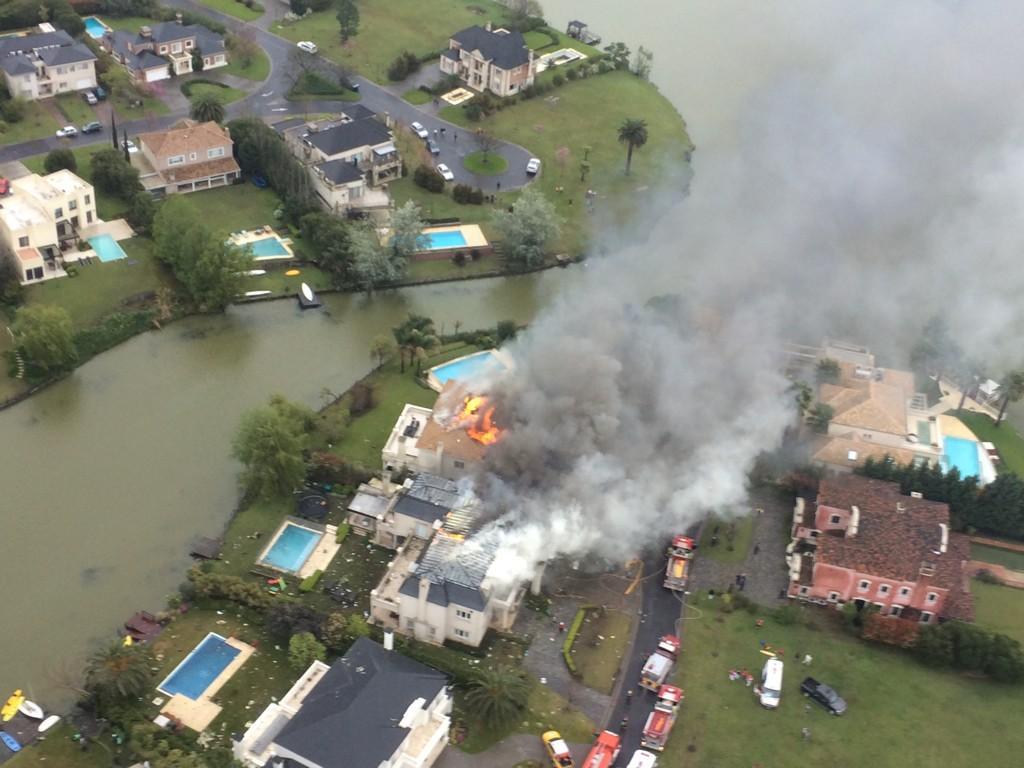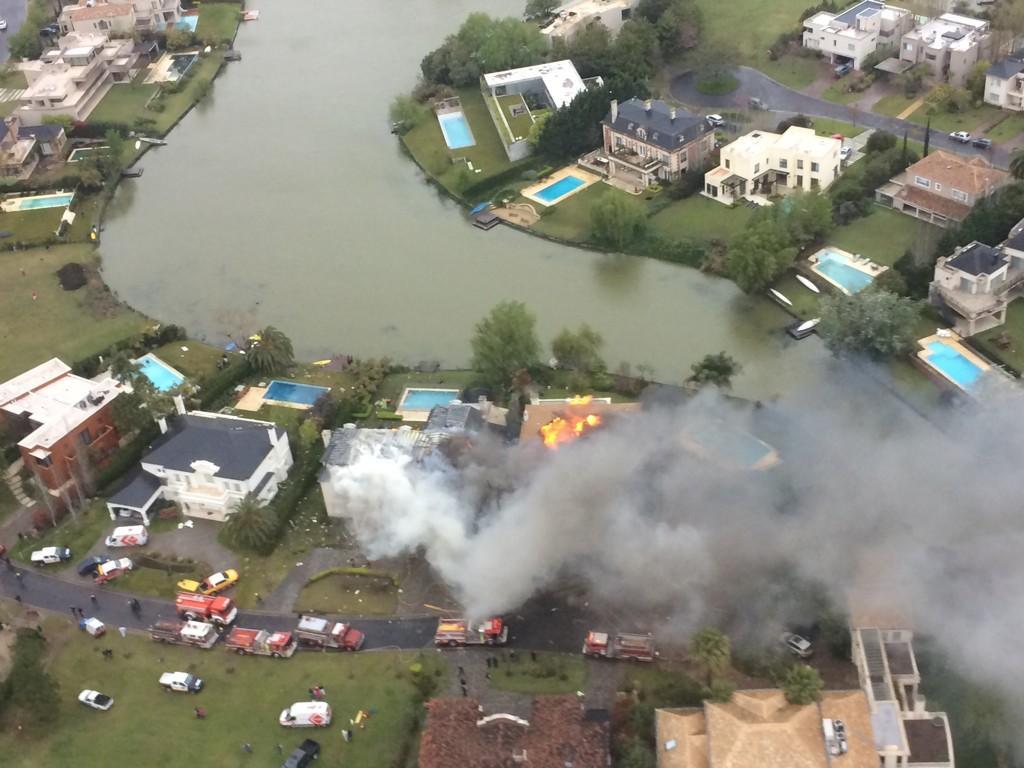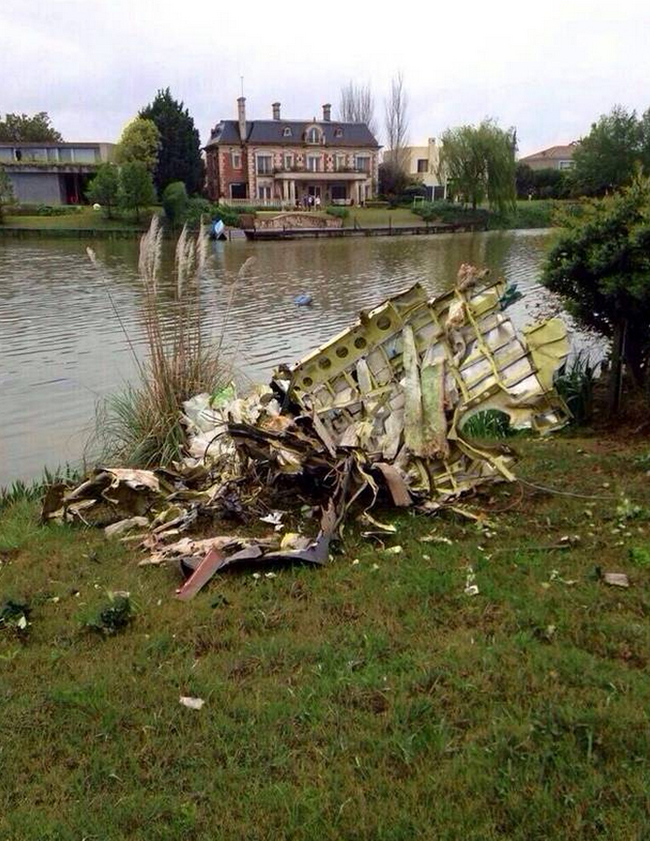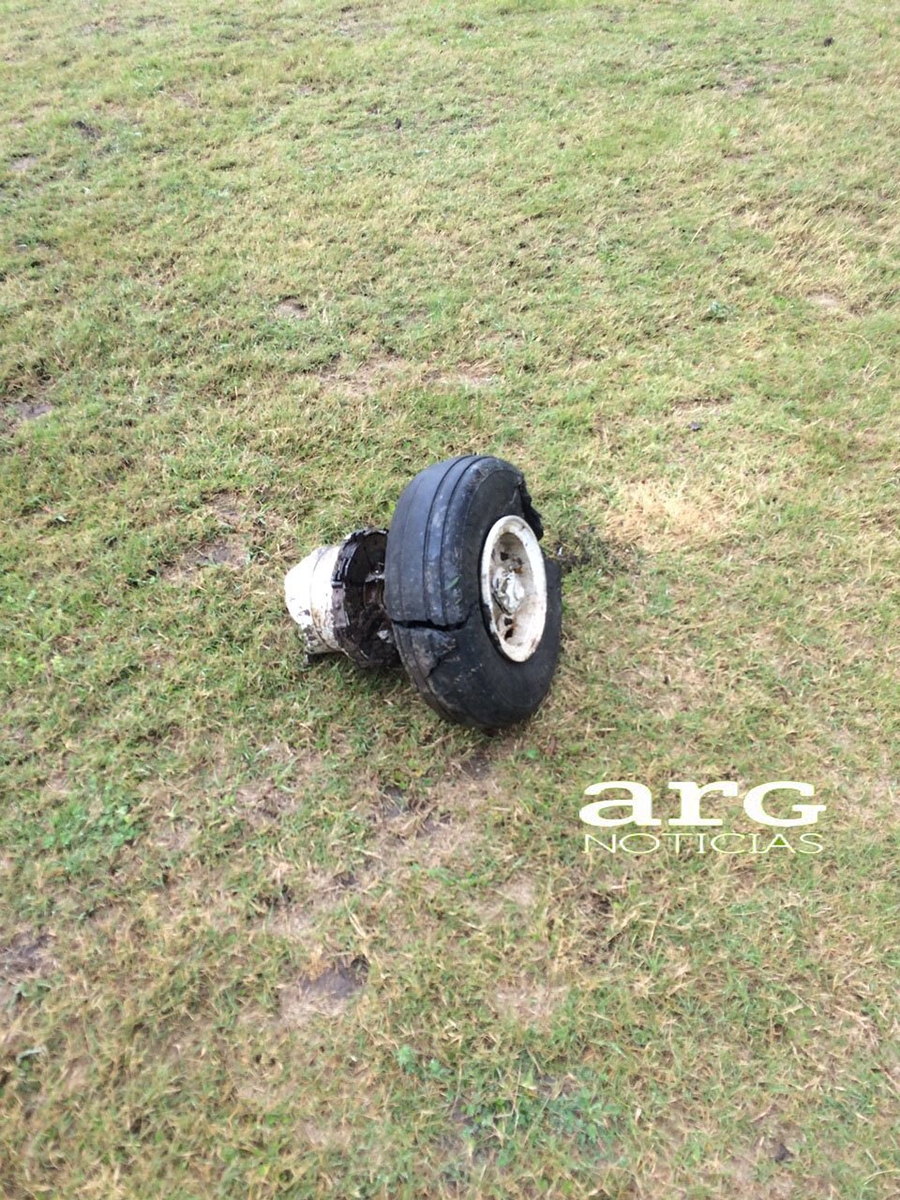Crash of a Beechcraft B300 Super King Air in Chinle: 4 killed
Date & Time:
Aug 5, 2025 at 1240 LT
Registration:
N534AW
Survivors:
No
Schedule:
Albuquerque – Chinle
MSN:
FA-154
YOM:
1988
Crew on board:
2
Crew fatalities:
Pax on board:
2
Pax fatalities:
Other fatalities:
Total fatalities:
4
Circumstances:
The twin engine airplane was approaching Chinle Municipal Airport when it crashed for unknown reasons on a small road, bursting into flames. All four occupants, two pilots and two medical crew, were killed. They were en route to Chinle to pick up a patient from a nearby hospital.







